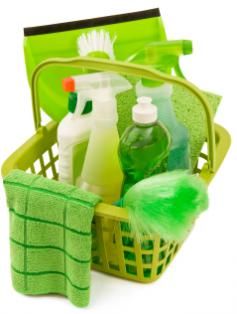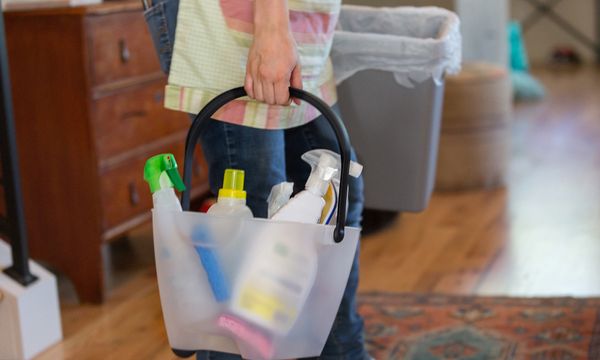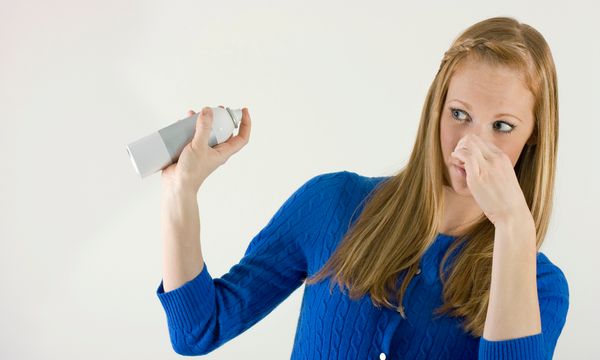It may sound overly simplistic, but one way to save time and energy on cleaning -- not to mention energy resources -- is to live in a smaller home. Too many of us are occupying more space than we really need. Over the past three decades, house sizes in the United States have been steadily growing. In 1970, new homes built in the United States averaged 1,500 square feet. In 2001, the average was more than 2,300 square feet, even though fewer people are living in each home (smaller families are the norm now, compared to the '70s).
If you're in the market for a new home, carefully consider how much space you really need. Most of us spend the bulk of our time in very few of our home's total rooms. Often we'll dedicate a room to one specific purpose (the sewing room, the guest room) only to have it sit idle, gathering dust for months on end. To make the most of your space, think "multiple use" when choosing or designing a home based on the number of rooms.
Several nonprofit organizations and trade groups dedicated to building smaller houses have sprung up to address the trend toward ever larger homes in the United States. In fact, they're being successful in some areas -- Los Angeles, California; Edina, Minnesota; Wellesley, Massachusetts; Atlanta, Georgia; and Austin, Texas, are among the cities that have recently considered setting an upper limit on house size in certain parts of their city, based on the theory that large houses are a huge drain on community resources. Developers have cried foul over these efforts -- every American has a right to own a Mega Mansion, after all -- but a case can be made about the drain on publicly controlled natural resources when homes are too large. If this sort of downsizing is of interest to you, here are some organizations to look into:
- Resources for Life, www.resourcesforlife.com
- Tumbleweed Tiny House Company, www.tumbleweedhouses.com
- Little House on a Small Planet, www.littlehouseonasmallplanet.com


